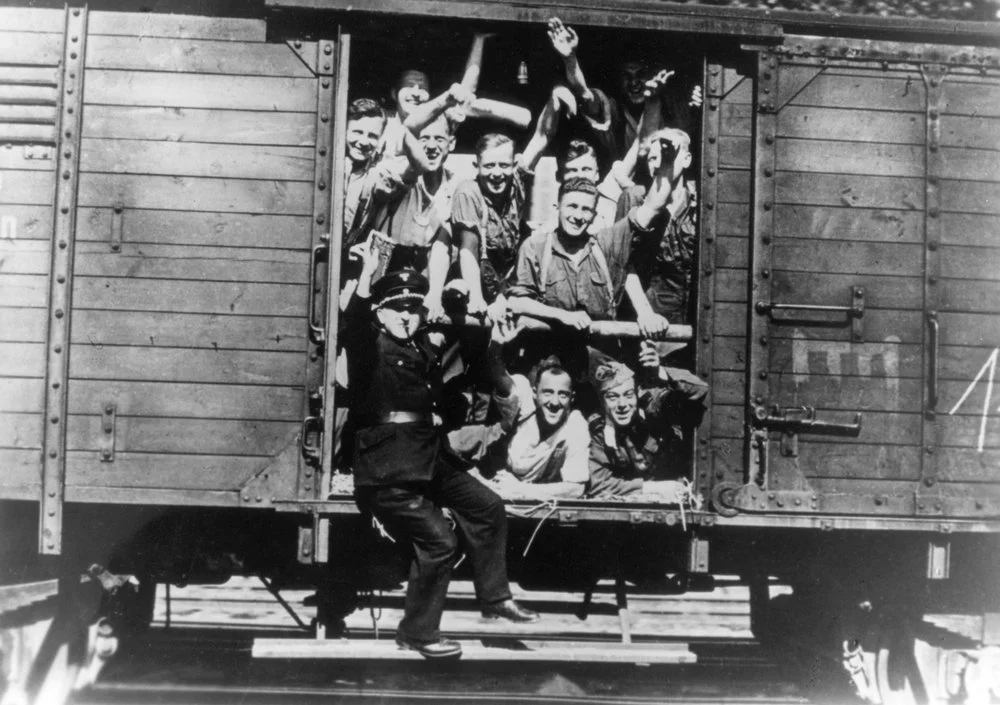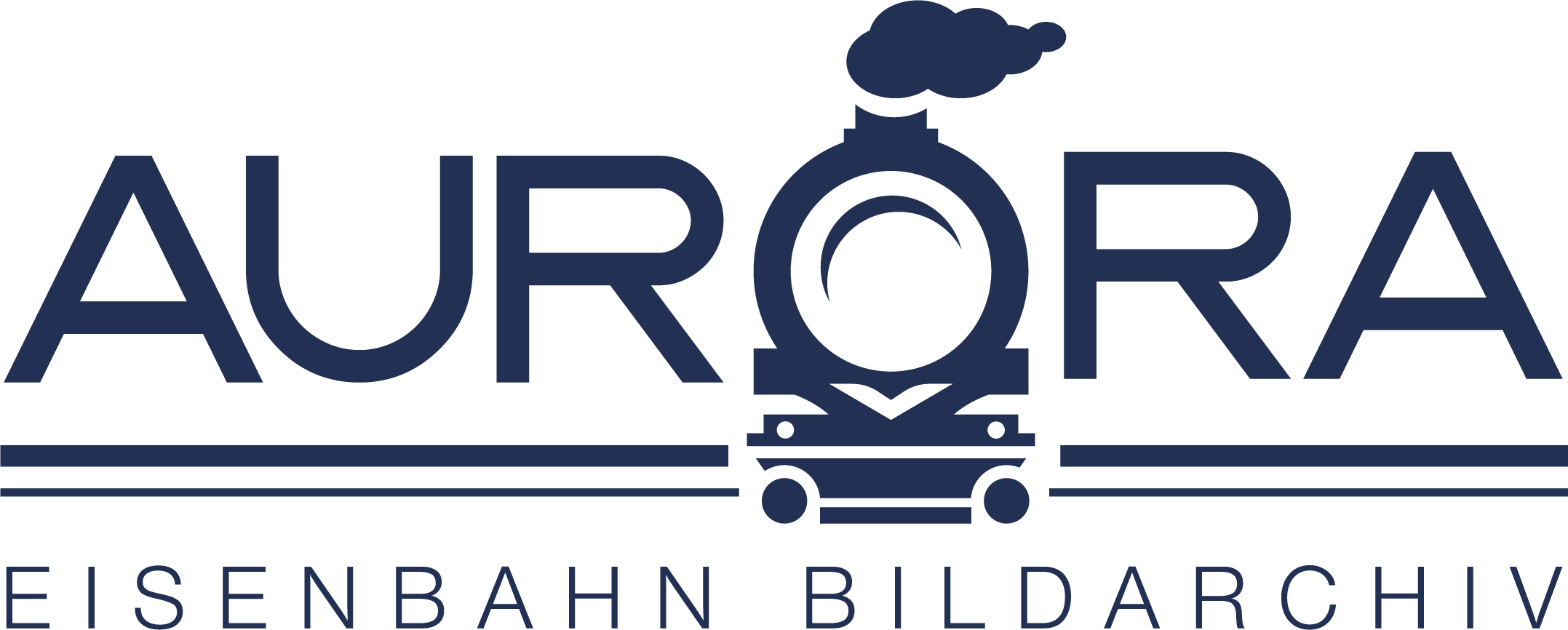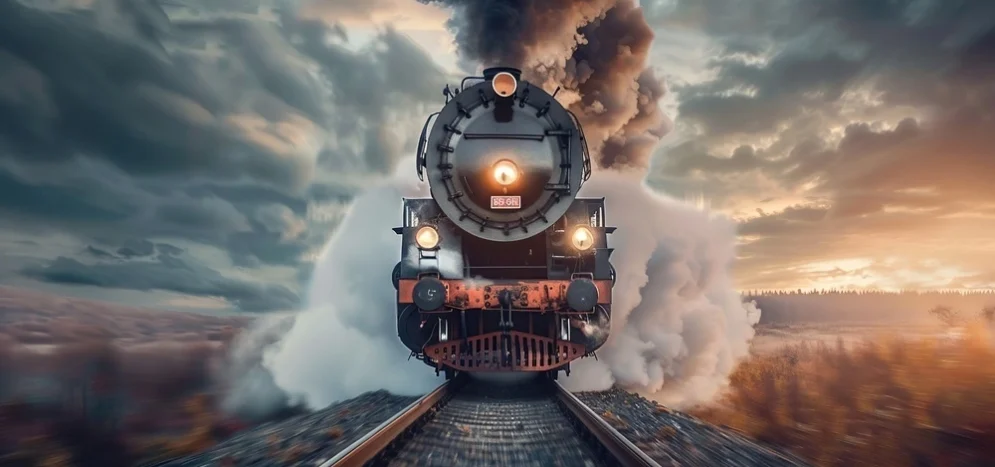A photograph, by itself, is never the full story.
You might see a locomotive framed perfectly in motion, a plume of smoke cutting through winter fog, or the glint of steel rails catching the morning light. But without context, that image floats in time.
Who built the train?
When was it captured?
Was it a test run?
A farewell journey?
Or a glimpse of everyday life at a forgotten station?
Metadata answers those questions. It doesn’t just describe a photo, it anchors it to history.
Beyond the Frame: The Hidden Value of Metadata
In the world of railway photography and historical archives, metadata is the difference between a beautiful image and a useful one.
It’s the layer of meaning that tells you:
- This locomotive belonged to the DRB Class 01 series.
- The photo was taken near Dresden in February 1943.
- It was part of a post-war reconstruction route.
- The photographer? Klaus Wesemann, using a Leica IIIa.

For a collector, that detail could authenticate a rare find.
For a researcher, it could validate a thesis.
For a museum, it may determine whether the image deserves to be part of a permanent exhibition.
The Danger of Losing the Data
One of the greatest risks in historical preservation is mislabeling or losing metadata altogether.
Images get recycled over time, stripped of their origins. The wrong engine number gets repeated in books. A fictional caption becomes accepted fact.
And slowly, history starts to warp.
That’s why our work at Aurora isn’t just about uploading images.
It’s about protecting historical truth.
How We Handle Metadata at Aurora
Each photo in our archive is treated like an artifact.
We trace its origins, verify its content, and preserve the information that gives it meaning. Our team cross-references manufacturer records, railway logs, historical maps, and collector annotations.
We even review and correct metadata on images that have circulated online with errors for years.
And we’re just getting started.
Soon, visitors will be able to suggest improvements, flag inaccuracies, and contribute to the richness of our records (all reviewed by our in-house experts).
Think of it as a living museum catalogue, maintained by the people who care about getting it right.
Why It Matters to the Future of the Archive
The deeper the metadata, the more powerful the archive becomes.
It means better search tools. Easier licensing for publishers. Accurate tagging for museum partnerships. More value for collectors. And most importantly, a stronger foundation for preserving Europe’s railway history in its truest form.
We don’t just want to be a photo archive. We want to be a reference point.
Something future generations can rely on.
TL;DR:
- Metadata gives every photo a historical fingerprint.
- It transforms visual records into trusted sources of information.
- Aurora verifies every entry to protect historical accuracy.
- The more detailed our metadata, the more powerful the archive becomes.


